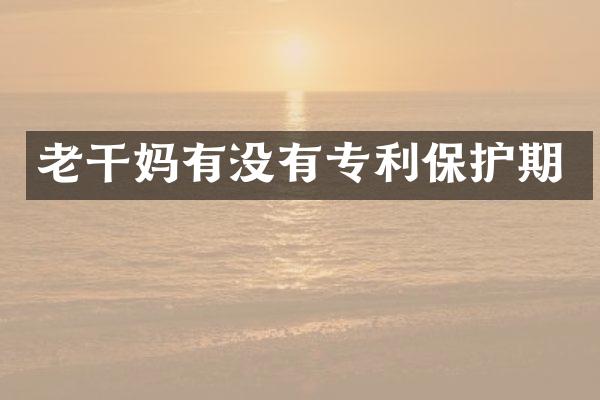Title: Understanding Copyright: A Comprehensive Exploration

Introduction:
Copyright, an essential aspect of intellectual property law, plays a pivotal role in safeguarding the rights of creators and fostering innovation and creativity. In this comprehensive exploration, we delve into the intricacies of copyright, its significance, principles, and global implications.
Definition and Importance of Copyright:
Copyright refers to the legal right granted to creators of original works, enabling them to control the use and distribution of their creations. It encompasses various forms of creative expression, including literary, artistic, musical, and dramatic works, as well as software, architectural designs, and other intellectual endeavors. The primary purpose of copyright is to incentivize creativity by providing creators with exclusive rights over their works, thereby allowing them to reap the benefits of their labor and investment.
Principles of Copyright:
Copyright protection is grounded in several fundamental principles:
1. Originality: To qualify for copyright protection, a work must be original, meaning it must possess a minimal degree of creativity and reflect the author's intellectual effort.
2. Fixation: Copyright protection only extends to works fixed in a tangible form, such as writing, recording, or digital storage.
3. Rights of Copyright Holders: Copyright grants creators a bundle of exclusive rights, including the rights to reproduce, distribute, perform, and display their works.
4. Limited Duration: Copyright protection is not perpetual; it has a finite duration, typically lasting for the life of the author plus an additional term.
5. Fair Use: The doctrine of fair use allows for limited use of copyrighted works without permission for purposes such as criticism, commentary, news reporting, teaching, scholarship, and research.
Global Implications of Copyright:
Copyright laws vary across jurisdictions, but many countries adhere to international treaties and agreements, such as the Berne Convention and the Agreement on Trade-Related Aspects of Intellectual Property Rights (TRIPS), which establish minimum standards of copyright protection. However, differences in copyright regimes, including the scope of protection, duration, and exceptions, pose challenges for creators and rights holders operating in a globalized digital environment.
Copyright in the Digital Age:
The advent of digital technologies has transformed the landscape of copyright law, presenting new challenges and opportunities. The ease of reproducing and distributing digital content has led to rampant piracy and copyright infringement, prompting lawmakers to enact legislation and implement technological measures to combat online piracy and protect the rights of creators. Digital rights management (DRM) technologies, licensing agreements, and takedown notices are some of the strategies employed to enforce copyright in the digital realm.
Future Trends and Emerging Issues:
As technology continues to evolve, copyright law faces ongoing challenges and debates surrounding emerging issues such as artificial intelligence (AI) generated content, user-generated content platforms, open access publishing, and the balance between copyright protection and users' rights. Addressing these complexities requires a nuanced understanding of copyright law and a collaborative approach involving stakeholders from the creative industries, legal experts, policymakers, and civil society.
Conclusion:
In conclusion, copyright is a cornerstone of intellectual property law, serving to promote creativity, innovation, and cultural expression while balancing the interests of creators, users, and society at large. By fostering a robust framework for protecting and incentivizing creative endeavors, copyright contributes to the enrichment of human knowledge and the advancement of civilization. As we navigate the complexities of copyright in the digital age and confront emerging challenges, it is imperative to uphold the principles of fairness, balance, and inclusivity to ensure that copyright continues to fulfill its vital role in promoting progress and creativity.
查看详情
查看详情

